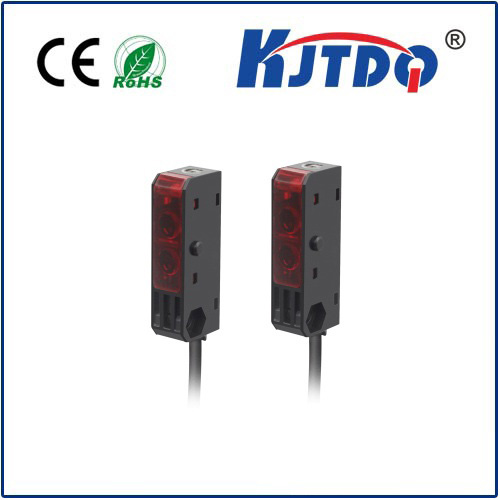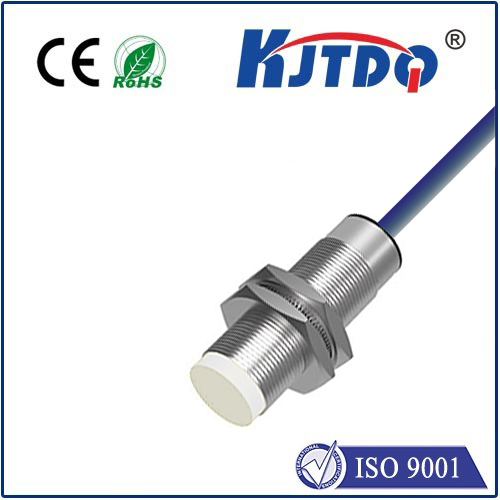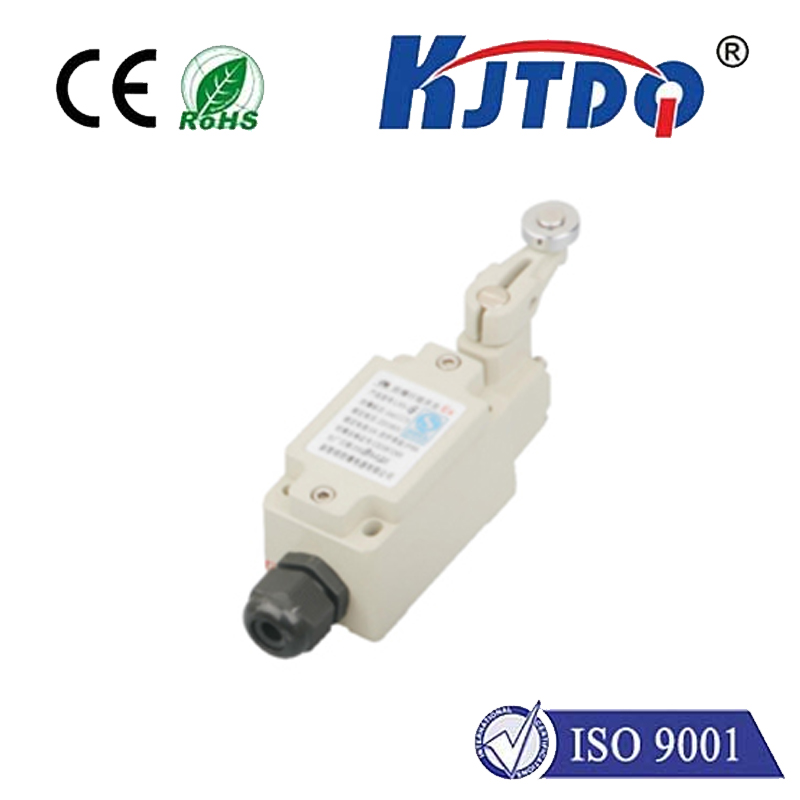

check

check

check

check
E2E (End-to-End) in Modern Technology: A Comprehensive Guide
In today’s digital landscape, the term E2E (End-to-End) has become a cornerstone of modern technology, particularly in the realms of cybersecurity, software development, and data transmission. E2E refers to a system where data or information is transmitted from the sender to the receiver in a fully encrypted and secure manner, without passing through any intermediate points. This concept is not only crucial for protecting privacy and data integrity but also essential for ensuring trust in digital communication.

The significance of E2E encryption lies in its ability to provide a complete security layer, ensuring that no third party can access the data during transmission. This is particularly important in sectors such as finance, healthcare, and government, where data confidentiality and integrity are paramount. For example, in financial transactions, E2E encryption helps prevent unauthorized access and ensures that all data is protected from interception or tampering. Similarly, in healthcare, E2E encryption is vital for protecting patient records and ensuring that sensitive information is not exposed to potential threats.
In the realm of software development, E2E is often implemented as part of a broader security architecture. It involves the use of cryptographic protocols such as TLS (Transport Layer Security) and SSL (Secure Sockets Layer) to secure data in transit. These protocols ensure that data is encrypted and decoded at both the sender and receiver ends, making it extremely difficult for attackers to intercept or alter the data. Additionally, E2E frameworks like HTTPS and API security are designed to enforce this encryption, providing a secure foundation for web applications and mobile services.
One of the key benefits of E2E encryption is its ability to protect data from both external and internal threats. While external threats such as hackers and cybercriminals are a major concern, internal risks such as data leaks or insider threats can also be mitigated by E2E systems. For instance, in enterprise environments, E2E encryption can be applied to internal communication channels, ensuring that sensitive information is protected even within an organization. This is especially important for companies handling confidential data, such as trade secrets or customer information.
However, the implementation of E2E encryption is not without its challenges. It requires careful configuration and maintenance to ensure that the encryption is effective and that there are no vulnerabilities. Additionally, the use of E2E encryption can sometimes lead to performance issues, as encryption and decryption processes can be resource-intensive. Therefore, organizations must balance the need for security with the need for efficiency.
In conclusion, E2E (End-to-End) is an essential component of modern technology, providing a secure and reliable way to transmit data. As digital communication continues to evolve, the importance of E2E encryption will only grow. By understanding and implementing E2E security practices, organizations can protect their data and build trust in the digital age.









